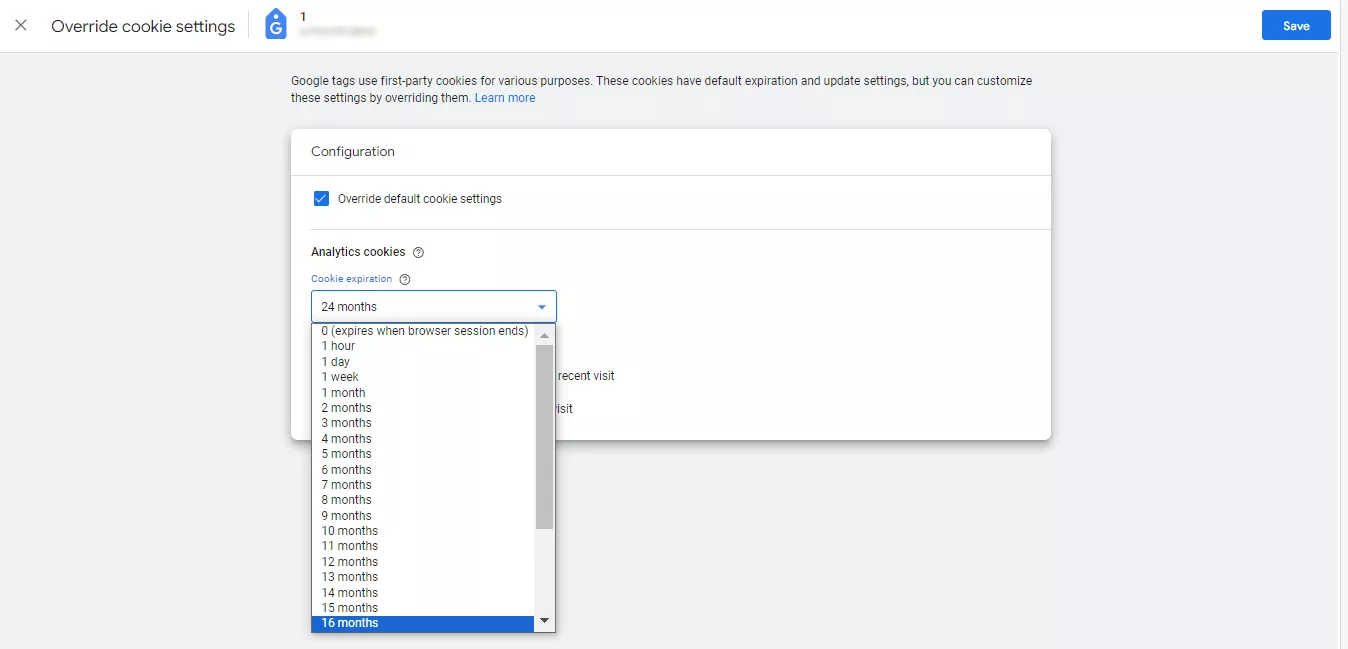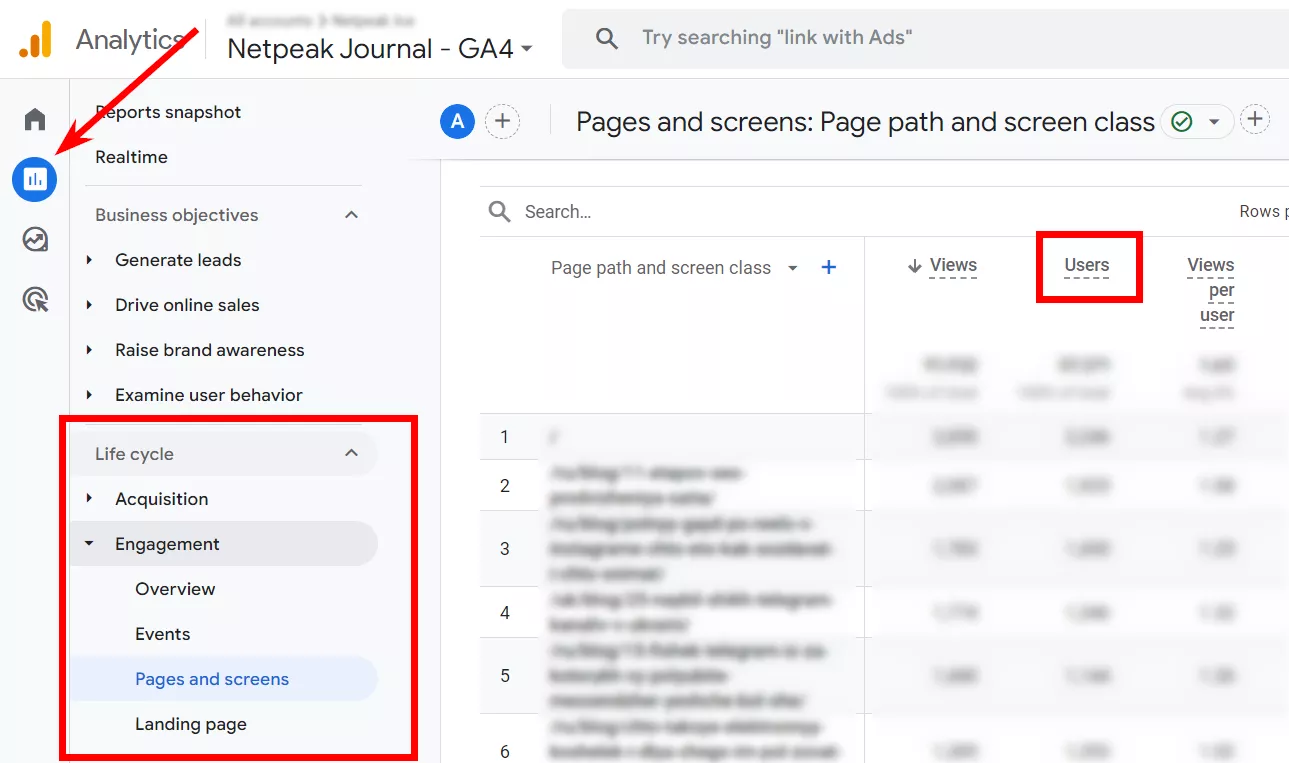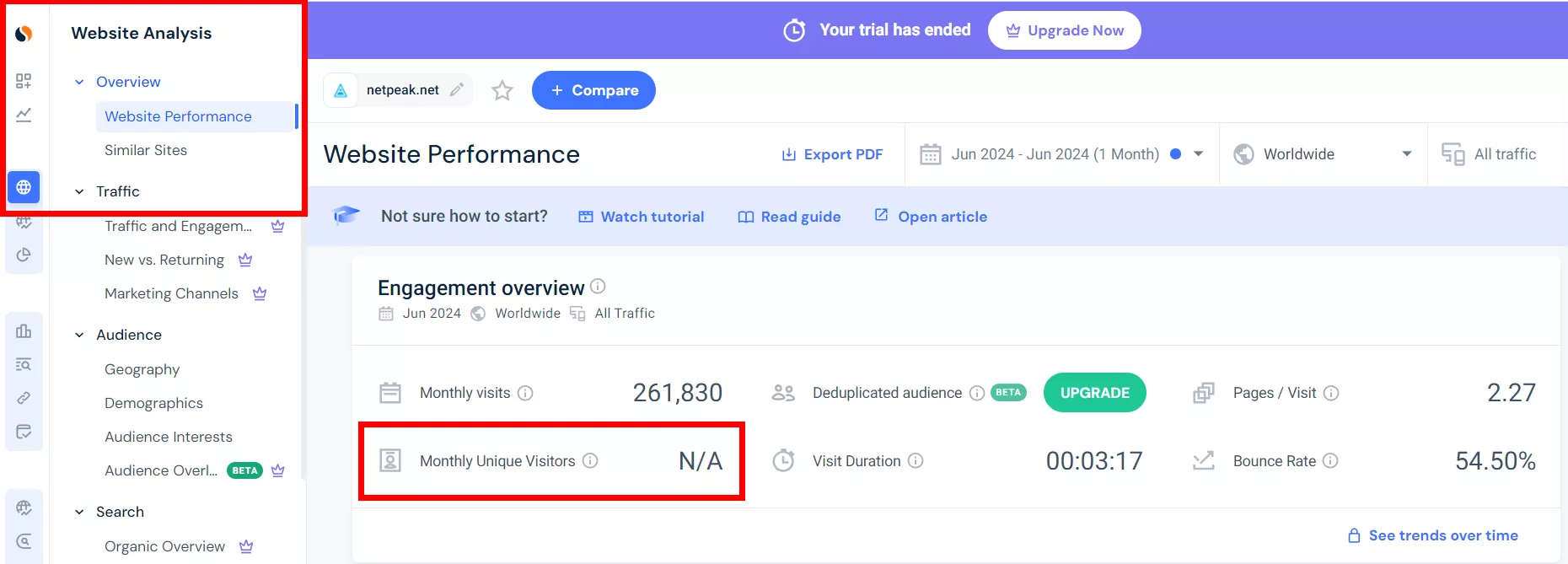Who Are Unique Visitors and Why It’s Important to Track Them
Marketing efforts are much more effective when you know exactly how many people are visiting your site. Tracking unique visitors will give you this information. You can then avoid showing ads to the same people over and over again, save your advertising budget, and analyze the results of your ads more accurately.
In this article, I'll cover the concept of a unique visitor and the difference between total visits and unique visits. I will also discuss the reasons why tracking unique visitors is important, the main tools you can use to track this metric, and the common difficulties involved.
Definition of unique users
A unique visitor is a person who has visited the website at least once and is counted only once in the reporting period. This metric allows you to determine the number of people who viewed the website, regardless of how many times each person visited the site.
Cookies and
The definition of a unique visitor depends on the selected time period, which can vary from one day to several months. For example, if a user visits your site today and returns in a week, they are counted as one unique visitor. In Google Analytics 4, identification cookies are stored for two years by default.
Difference between total and unique visits
The total number of sessions counts all the times users have visited the site. A unique visitor can have multiple sessions, but the “unique visitors” metric counts only one user, regardless of how many times they visit the site.
Why is it important to count unique visitors?
- Understand the size of your audience. Measuring unique sessions allows you to get an accurate idea of the number of different people viewing the site. Knowing the true audience helps you better assess the popularity of the resource and its attractiveness to new users.
- Analyze marketing effectiveness. The unique visitors metric allows you to evaluate which methods of attracting new audiences are working best and how to improve marketing efforts.
- Allocate resources effectively, including server capacity, network bandwidth, and content optimization. As the number of unique users grows, you will need to expand the technical infrastructure to ensure stable site performance and fast page loading.
- Increase monetization. For online businesses and sites that rely on advertising, knowing the number of new visitors is critical to planning advertising strategies. Advertisers are typically interested in actual reach, not total sessions. Identifying unique visitors will provide a more accurate picture of the potential market and help determine fair advertising costs.
- Determine user engagement. If a site has a high percentage of new visitors, it indicates that the strategy for attracting a new audience is working.
- Compare your site to competitors. This will help you understand how attractive your site is compared to other resources in the same niche. By taking unique visitors into account, competitor analysis will be more accurate and reveal your site’s strengths and weaknesses. It will help improve the site development strategy.
Popular tools for tracking unique visitors
The vast majority of web analytics services have a “unique session” or a “user” metric. Here are the most popular tools:
- Google Analytics 4 (GA4) is a web analytics tool from Google that provides detailed data about user behavior on the site.
- SimilarWeb is a website analysis and competitive analysis service.
- Matomo (formerly Piwik) is an open-source web analytics platform that provides detailed data about website traffic.
- Adobe Analytics is a powerful data analysis tool that tracks the number of unique visitors and analyzes their behavior on the website.
- Clicky offers real-time web analytics.
- Woopra is a web analytics service that tracks user behavior on a website.
- Hotjar is a tool for analyzing user behavior on a website.
Read more about different web analytics services in
How to count the number of unique visitors to your site
First, you need to connect your website to one of the analytics systems listed above by installing the tracking code on your website. Once you have the code installed, follow these instructions.
Unique visitors in GA4
- Open GA4 and go to the traffic report via “Lifecycle > Engagement > Pages and screens.”
- Select a date range to analyze.
- Locate the “Users” metric. This corresponds to unique users.
Unique visitors on SimilarWeb
- Log in to SimilarWeb and enter the URL of your website.
- Go to the “Overview > Website Performance > Engagement overview” section.
- The Monthly Unique Visitors metric shows the number of unique visitors per month.
Common difficulties when counting unique users
- Browser caching. When a user visits a website, their visit is recorded. But if the user then clears their browser cache, it deletes the cookies. The next time they visit, they are counted as a new unique visitor because the system cannot recognize them without cookies.
- Use of multiple devices. The same user visits the site first from a computer and then from a smartphone. Because these visits are made from different devices, the analytics system counts them as two separate unique visitors, distorting the true data.
- Use of multiple browsers. The user browses the site using different browsers, such as Chrome and Firefox. Because browsers have their own cookies, each visit is counted as unique, and the same user gets counted twice.
- Cookie blocking. Some visitors use browser extensions or privacy settings to block cookies. In such cases, the analytics system will not be able to track these users properly, resulting in an error in calculations.
- IP address changes. A user may access the site from home and then visit the same site from their office or using mobile internet, which have different IP addresses. The analytics system will consider this user as several different unique users.
- Error in tracking settings. If the webmaster misconfigured the tracking code on the site, it would result in the same visit being counted multiple times or not counted at all.
Conclusions
- A unique visitor is an individual user who has visited the site for a specific period of time.
- The difference between total visits and unique visitors is that the former counts all sessions, while the latter counts only different users.
- Measuring unique visitors is important for assessing the real audience of a website, analyzing marketing effectiveness, planning resource allocation, and increasing monetization.
- The main tools for measuring unique visitors are Google Analytics 4 (GA4) and SimilarWeb.
- Common errors in counting unique visitors include browser caching issues, the use of multiple devices, and cookie blocking.
Related Articles
How to Set Up Consent Mode in GA4 on Your Website with Google Tag Manager
Let's explore how to properly integrate consent mode in GA4, configure it for effective data collection, and at the same time comply with GDPR and other legal regulations
Display Advertising Effectiveness Analysis: A Comprehensive Approach to Measuring Its Impact
In this article, I will explain why you shouldn’t underestimate display advertising and how to analyze its impact using Google Analytics 4
Generative Engine Optimization: What Businesses Get From Ranking in SearchGPT
Companies that master SearchGPT SEO and generative engine optimization will capture high-intent traffic from users seeking direct, authoritative answers






